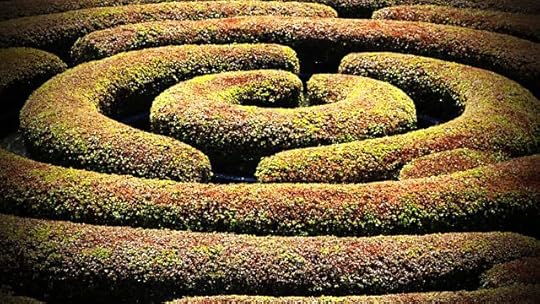What do you think?
Rate this book


224 pages, Hardcover
Published September 25, 2018
 BOTW
BOTW https://www.bbc.co.uk/programmes/b0bc...
https://www.bbc.co.uk/programmes/b0bc...On the path of my life, in the middle of my life, what do I know about where I have been, and where I might go? Everything is the woods, everything is the ocean, everything is the desert. I can see no shape. I am lost; in the middle of my life I am lost.